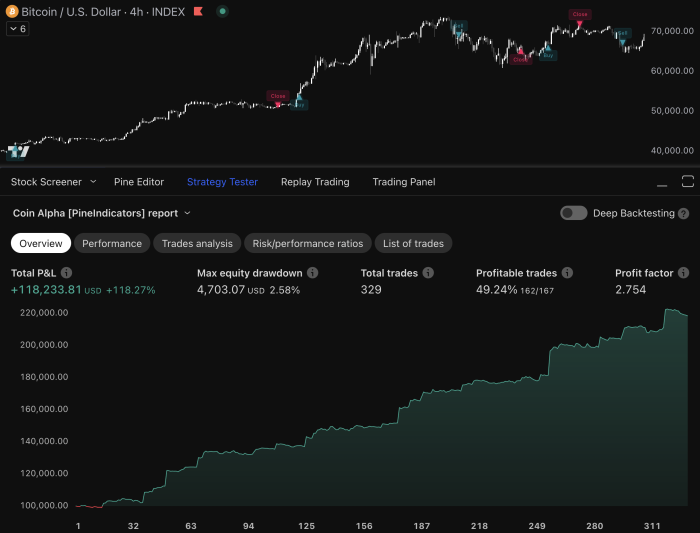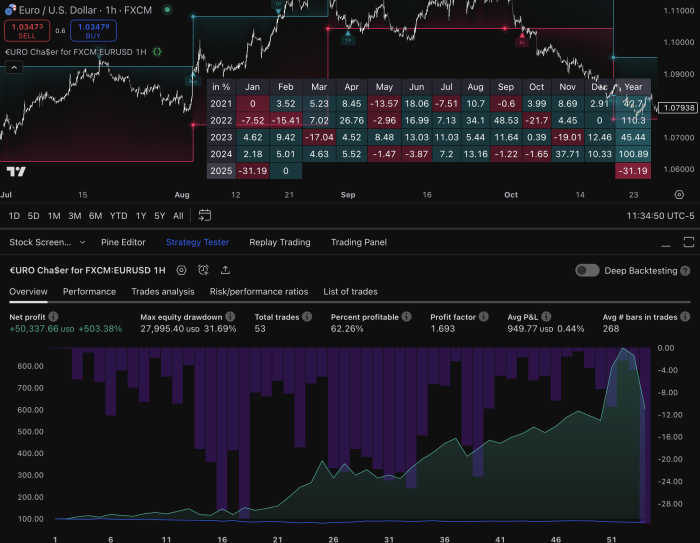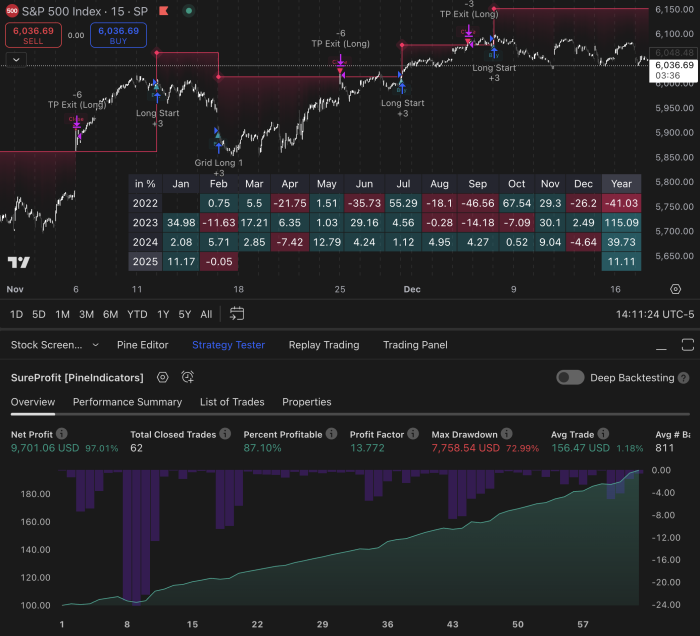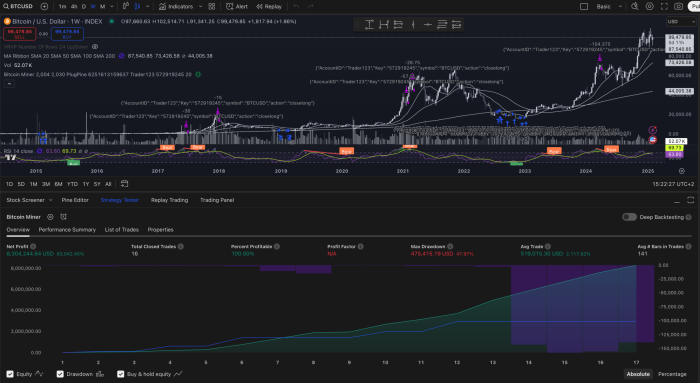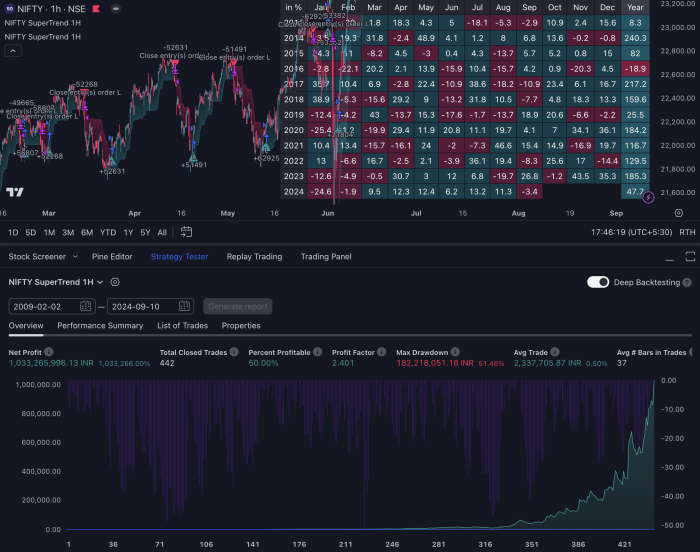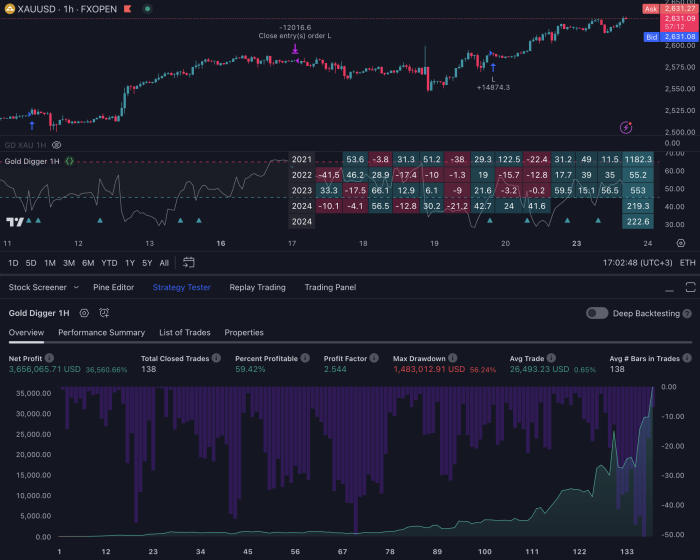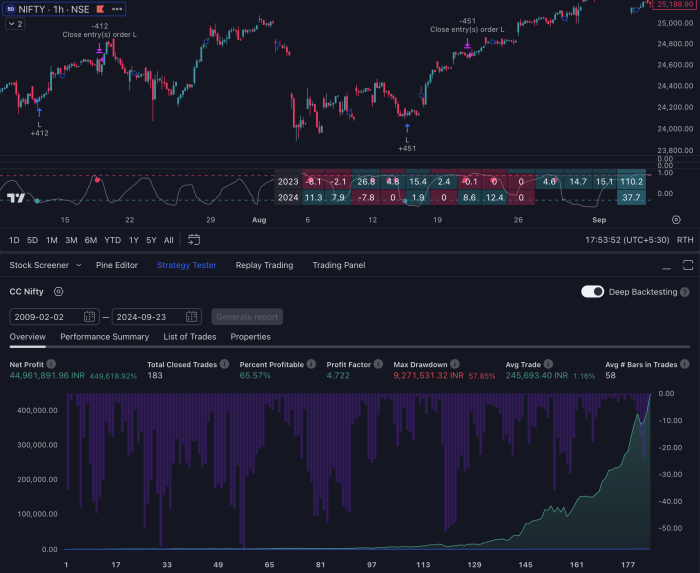Crypto indicators are essential tools that traders and investors use to analyze market trends and make informed decisions in the volatile world of cryptocurrencies. These indicators are mathematical calculations based on historical price, volume, and open interest data, which help traders identify potential entry and exit points in the market. By interpreting these indicators, traders can gain insights into market sentiment, momentum, and potential reversals, allowing them to navigate the complexities of crypto trading more effectively.
The landscape of cryptocurrency trading is characterized by rapid price fluctuations and unpredictable market behavior. As such, relying solely on intuition or news events can lead to significant losses. Crypto indicators serve as a systematic approach to understanding market dynamics.
They can be broadly categorized into two types: leading indicators, which predict future price movements, and lagging indicators, which confirm trends after they have occurred. Understanding the nuances of these indicators is crucial for developing a robust trading strategy.
Key Takeaways
- Understanding Crypto Indicators:
- Crypto indicators are tools used to analyze and predict price movements in the cryptocurrency market.
- They are based on mathematical calculations and historical data to provide insights into market trends.
- Importance of Using Crypto Indicators:
- Crypto indicators help traders make informed decisions and minimize risks in the volatile crypto market.
- They can provide signals for buying, selling, or holding assets, leading to better trading outcomes.
- Types of Crypto Indicators:
- There are various types of crypto indicators, including trend indicators, momentum indicators, and volatility indicators.
- Each type serves a different purpose and can be used in combination to gain a comprehensive understanding of market conditions.
- How to Choose the Right Crypto Indicators:
- Traders should consider their trading style, risk tolerance, and market conditions when selecting crypto indicators.
- It’s important to choose indicators that complement each other and align with the trader’s overall trading strategy.
- Implementing Crypto Indicators in Your Trading Strategy:
- Traders can use crypto indicators to confirm market trends, identify entry and exit points, and set stop-loss levels.
- By integrating indicators into their trading strategy, traders can improve their decision-making process and potentially increase profits.
- Tips for Maximizing Profits with Crypto Indicators:
- Combine different types of indicators for a more comprehensive analysis of market conditions.
- Regularly review and adjust indicator settings to ensure they remain effective in different market environments.
- Common Mistakes to Avoid When Using Crypto Indicators:
- Relying too heavily on a single indicator without considering other market factors.
- Failing to backtest indicators or ignoring their signals, leading to missed opportunities or losses.
- The Future of Crypto Indicators in the Market:
- As the cryptocurrency market continues to evolve, new and more advanced indicators are likely to emerge.
- The integration of artificial intelligence and machine learning may further enhance the accuracy and effectiveness of crypto indicators.
Importance of Using Crypto Indicators
The importance of using crypto indicators cannot be overstated, especially in a market as unpredictable as cryptocurrencies. These indicators provide traders with a framework for making decisions based on data rather than emotions. In an environment where fear and greed can drive prices to extremes, having a reliable set of indicators can help traders maintain discipline and stick to their trading plans.
For instance, a trader might use the Relative Strength Index (RSI) to determine whether a cryptocurrency is overbought or oversold, thus guiding their decision on when to enter or exit a position. Moreover, crypto indicators can enhance risk management strategies. By utilizing stop-loss orders based on indicator signals, traders can protect their capital from significant downturns.
For example, if a moving average crossover indicates a bearish trend, a trader might set a stop-loss order just above the recent high to limit potential losses. This proactive approach not only safeguards investments but also instills confidence in traders, allowing them to make calculated decisions rather than reactive ones.
Types of Crypto Indicators
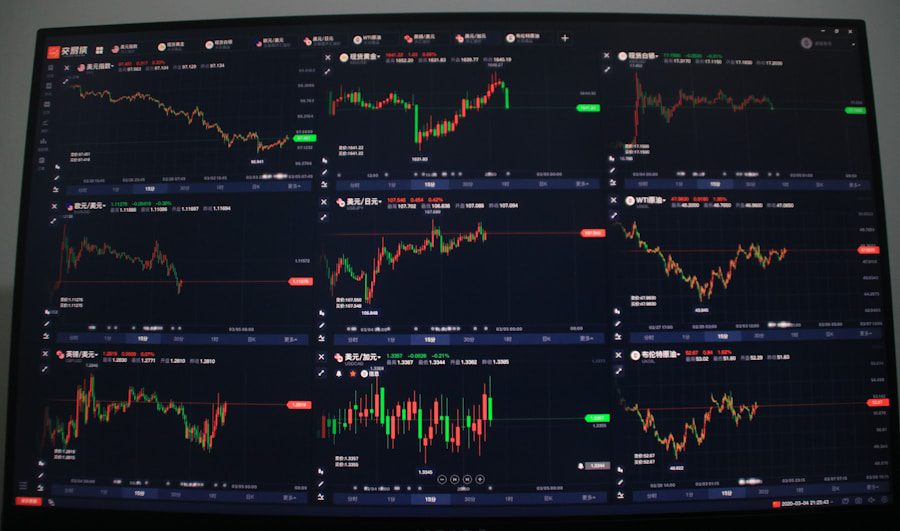
There are numerous types of crypto indicators available to traders, each serving a unique purpose in market analysis. Technical indicators are among the most commonly used tools, including moving averages, Bollinger Bands, and the MACD (Moving Average Convergence Divergence). Moving averages smooth out price data over a specified period, helping traders identify trends more clearly.
For instance, a simple moving average (SMA) can indicate the overall direction of a cryptocurrency’s price over time, while a short-term moving average crossing above a long-term moving average may signal a bullish trend. On the other hand, volume-based indicators like the On-Balance Volume (OBV) provide insights into the strength of price movements by analyzing trading volume alongside price changes. A rising OBV suggests that buyers are willing to push prices higher, while a declining OBV may indicate selling pressure.
Additionally, sentiment indicators such as the Fear and Greed Index gauge market sentiment by analyzing various factors, including social media activity and market volatility. By combining different types of indicators, traders can develop a comprehensive view of market conditions and make more informed trading decisions.
How to Choose the Right Crypto Indicators
| Indicator | Description | Advantages | Disadvantages |
|---|---|---|---|
| Simple Moving Average (SMA) | Calculates the average price over a specific period | Smooths out price fluctuations | May lag behind current price movements |
| Relative Strength Index (RSI) | Measures the speed and change of price movements | Helps identify overbought or oversold conditions | May generate false signals in ranging markets |
| MACD (Moving Average Convergence Divergence) | Compares two moving averages to identify trend direction | Provides early signals of trend reversals | May produce false signals in choppy markets |
Choosing the right crypto indicators is crucial for developing an effective trading strategy. The selection process should begin with an understanding of one’s trading style and objectives. For instance, day traders may prefer short-term indicators that provide quick signals for entering and exiting trades, such as the RSI or Stochastic Oscillator.
In contrast, swing traders might benefit from longer-term indicators like moving averages that help identify broader trends over several days or weeks. Another important factor to consider is the correlation between different indicators. Some indicators may provide similar signals, leading to redundancy in analysis.
For example, using both the RSI and Stochastic Oscillator may not add significant value since both measure momentum. Instead, traders should aim for a balanced approach by selecting complementary indicators that provide diverse insights into market conditions.
Additionally, backtesting chosen indicators against historical data can help assess their effectiveness in various market scenarios before applying them in real-time trading.
Implementing Crypto Indicators in Your Trading Strategy
Once traders have selected their preferred crypto indicators, the next step is to integrate them into their trading strategy effectively. This involves establishing clear rules for when to enter or exit trades based on indicator signals. For example, a trader might decide to buy when the 50-day moving average crosses above the 200-day moving average (a bullish crossover) while simultaneously checking for confirmation from the RSI indicating that the asset is not overbought.
Moreover, it is essential to remain adaptable and willing to adjust strategies as market conditions change. The cryptocurrency market is known for its rapid shifts in sentiment and volatility; therefore, what works in one market phase may not be effective in another. Regularly reviewing and refining trading strategies based on performance metrics can help traders stay aligned with their goals and improve their overall success rate.
Tips for Maximizing Profits with Crypto Indicators

To maximize profits using crypto indicators, traders should focus on developing a disciplined approach that combines technical analysis with sound risk management practices. One effective strategy is to use multiple time frames when analyzing indicators. For instance, a trader might look at daily charts for long-term trends while simultaneously monitoring hourly charts for short-term entry points.
This multi-timeframe analysis can provide a more comprehensive view of market dynamics and enhance decision-making. Additionally, incorporating fundamental analysis alongside technical indicators can further bolster trading strategies. Understanding the underlying factors driving price movements—such as regulatory developments, technological advancements, or macroeconomic trends—can provide valuable context for interpreting indicator signals.
For example, if an indicator suggests a bullish trend but there are negative news headlines affecting the cryptocurrency market, it may be prudent to exercise caution before entering a trade.
Common Mistakes to Avoid When Using Crypto Indicators
Despite their utility, many traders fall victim to common pitfalls when using crypto indicators. One prevalent mistake is over-reliance on a single indicator without considering other factors or confirming signals with additional tools. This can lead to false signals and poor trading decisions.
For instance, relying solely on the RSI without considering price action or volume could result in missed opportunities or unnecessary losses. Another common error is neglecting proper risk management practices. Even with reliable indicators, no trading strategy is foolproof; therefore, setting stop-loss orders and adhering to predetermined risk-reward ratios is essential for protecting capital.
Traders should also avoid chasing after losses by increasing position sizes in an attempt to recover quickly; this often leads to further losses and emotional decision-making.
The Future of Crypto Indicators in the Market
As the cryptocurrency market continues to evolve, so too will the tools and methodologies used by traders and investors. The future of crypto indicators is likely to be shaped by advancements in technology and data analytics. Machine learning algorithms and artificial intelligence are increasingly being integrated into trading platforms, enabling more sophisticated analysis of vast amounts of data in real time.
These innovations could lead to the development of new indicators that provide deeper insights into market behavior. Furthermore, as cryptocurrencies gain wider acceptance and regulatory frameworks become more established, the availability of reliable data will improve significantly. This enhanced data quality will allow for more accurate indicator calculations and better-informed trading decisions.
As traders adapt to these changes and embrace new technologies, the landscape of crypto trading will continue to transform, making it imperative for participants to stay informed about emerging trends and tools in the market.
If you are looking to buy crypto indicators, you may also be interested in learning about how to determine optimal exit points in your trading strategy. This article from Pine Indicators provides valuable insights into this topic and can help you make more informed decisions when trading cryptocurrencies. Check it out here.
FAQs
What are crypto indicators?
Crypto indicators are tools used by traders to analyze market data and make informed decisions about buying or selling cryptocurrencies. These indicators can include moving averages, relative strength index (RSI), and other technical analysis tools.
How do crypto indicators work?
Crypto indicators work by analyzing historical price data and identifying patterns or trends that can help traders predict future price movements. Traders use these indicators to make decisions about when to enter or exit the market.
Where can I buy crypto indicators?
Crypto indicators can be purchased from various online platforms that offer trading tools and software. These platforms may include trading software providers, online marketplaces, or directly from developers.
What should I consider when buying crypto indicators?
When buying crypto indicators, it’s important to consider factors such as the reliability and accuracy of the indicators, the level of customer support provided by the seller, and the compatibility of the indicators with your trading platform or software.
Are there free crypto indicators available?
Yes, there are free crypto indicators available that can be found on various online platforms and forums. However, it’s important to carefully evaluate the quality and reliability of free indicators before using them for trading decisions.

